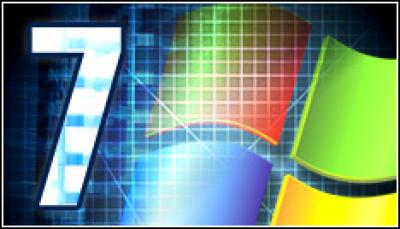The design
Microsoft’s engineers worked to make Windows 7 less of a processor hog, with programming tweaks such as a memory-management system that devoted resources only to open windows. They also included Windows XP Mode for Windows 7 Professional and Ultimate editions, allowing “last mile” compatibility for any XP applications incapable of otherwise running on the new operating system.
Some new features seemed tailor-made for IT pros. These included OpenSearch-based Federated Search, for exploring local and network drives in addition to intranet storage. In place of Vista’s constant security prompts — which drove many a user cheerfully insane — Windows 7 offered User Account Control Settings that could be adjusted for Never Notify, Always Notify and two in-between options.
On the security side, Windows 7 included AppLocker, which could be used for locking down certain applications on an administrator level. An improved BitLocker gave users more control over encrypting their hard drives, and BitLocker to Go did something similar for external hard drives and USB keys.
Windows 7 also included some shiny user-interface elements, including Windows Taskbar — which reduced programs to thumbnail previews, with easy access to shortened menus — and a redesigned Start button.
And then there were some supremely funky wallpaper choices.
Like many major corporations, Microsoft’s attempts to be hip mostly crash and burn with extreme prejudice. But some executive or designer managed nonetheless to include some default wallpapers in Windows 7 that looked like a still from an anime movie drawn by Salvador Dali.
The release
Microsoft decided to host its primary launch event in New York City, headlined by Steve Ballmer. It seemed a logical choice, given the city’s history of hosting the company’s flagship product launches — including Office 2007 and Windows Vista.
Despite the marketing campaign kicking into high gear, various Microsoft executives seemed determined to downplay expectations for Windows 7 ahead of the release. In a news conference in Munich, Germany, at the beginning of October 2009, the normally enthusiastic Ballmer said that the surge of PC sales accompanying the Windows 7 launch would probably “not be huge.”
Nonetheless, taking absolutely zero chances, Microsoft pushed Windows 7 through every available channel. Manufacturers pushed it preinstalled on all variety of desktops and notebooks. Stores filled their shelves. Netbook users even could use Microsoft’s revamped online store to download Windows 7 for Netbooks onto a bootable USB, or burn it onto a DVD — until the company yanked it, likely due to controversy.
“When Bill Gates and Paul Allen started Microsoft, they talked about a computer on every desk,” Ballmer told the audience gathered for the 22 October launch event, adding, “Today we have a computer for every room” and “every facet” of people’s lives. His company hoped most of those computers would soon be running Windows 7.




